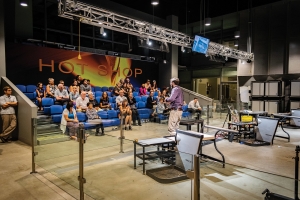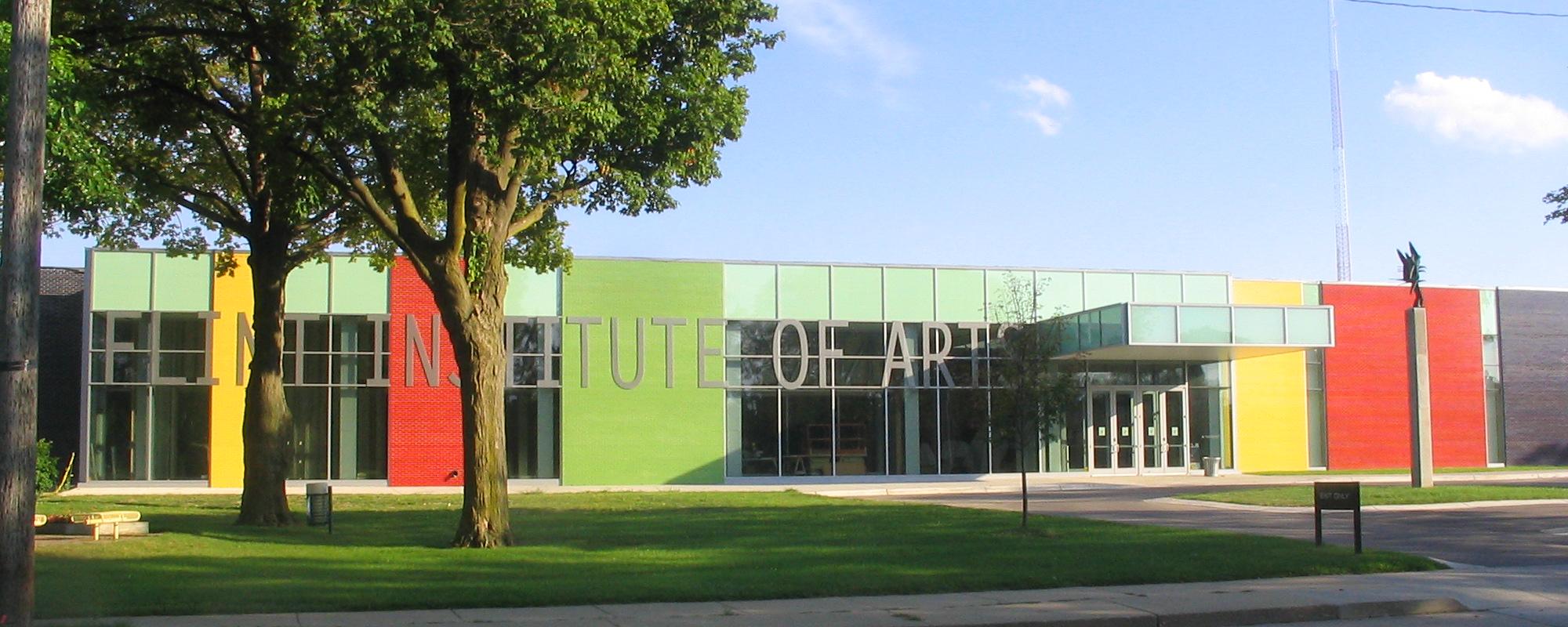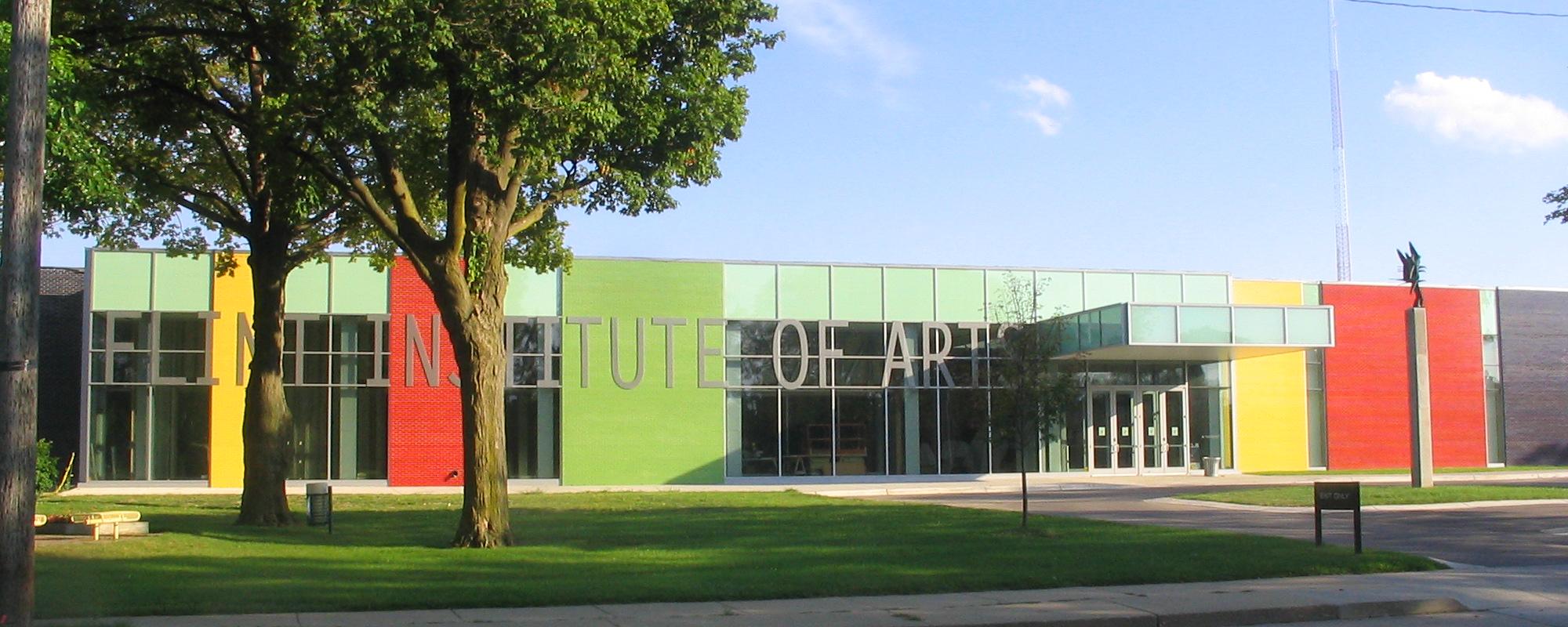

How would you explain your organization in 300 words or less?
The educational value of connecting works of art in the Flint Institute of Arts’ galleries to the hands-on studio experience has always been an essential part of the FIA’s mission.
With the addition of a glassmaking space in the Art School, the FIA has built upon its long history of teaching fine and applied arts. By combining a glassmaking program with an already successful public art school, visitors and students can explore the parallel stories of what is possible and how to accomplish that possibility. It’s been our experience that when people witness a live performance of artistic expression at the museum, the foundation for inspiration is far greater and more meaningful to future membership signup and art class participation.
The FIA’s Art School also added a hot shop, with stadium-style seating, allowing visitors to watch artists demonstrate various glass-making processes, a large flame-working studio designed to accommodate students making 2D, 3D and abstract art. A third studio was created for students to make molds for glass, bronze, or clay casting.
Also, in addition to educational opportunities, the program also offers free glass blowing Performances on the weekend and during special events.
How did this program begin?
The FIA Art School’s glass program began in 2017 with the opening of a new museum wing housing the Sherwin and Shirley Glass collection and the construction of the Art School’s Hot Shop, cold shop, sculpture lab, and Flame working studios.
What is unique about the community you serve?
Since it’s founding in the 1800s, Flint has been known as a “maker” town, first for carriages and later for automobiles. For more than 90 years, the FIA has been a part of that tradition by fusing the experiences of object-making and art appreciation with an Art School and Museum. Over the years, we have continued to expand the Art School and Museum to provide lifelong learning opportunities that are a natural extension of the interests, skills, and abilities of our community.
How are you keeping your program financially sustainable & what strategies do you recommend?
The FIA Art School and its programming are supported through grants, donations, and class fees.
What impact are you seeing & how do you measure success?
We are seeing expanding interest and engagement in glass art and craft among our community as visitors discover the extraordinary examples in our galleries and witness the processes in action during free public demonstrations. Many people subsequently register for classes and workshops after being inspired in the galleries and demos. We are also seeing increased visitation and engagement from people outside our immediate area as glass enthusiast’s travel to the FIA specifically for our programs. Success is measured by increasing attendance; return visits, and engagement with our programs and facilities by artists from around the country.
Are there any community programs or organizations that inspire(d) you?
The local Michigan glass community has been integral in the shaping/forming of the museum connected public art school here in Flint. We host a diverse set of community programs. As a nonprofit public art school we are able to reach a variety of community members with our live demonstrations, courses, classes, workshops, visiting artists, resident artists, performance arts, and more.
How has the outbreak of COVID-19 impacted your program, if at all?
The FIA Art School initially stopped running upon the onset of COVID-19, and subsequent stay at home orders that were instituted by the state of Michigan. However, since the reopening we have seen steady growth in attendance in both the classroom and free weekend demonstrations.

